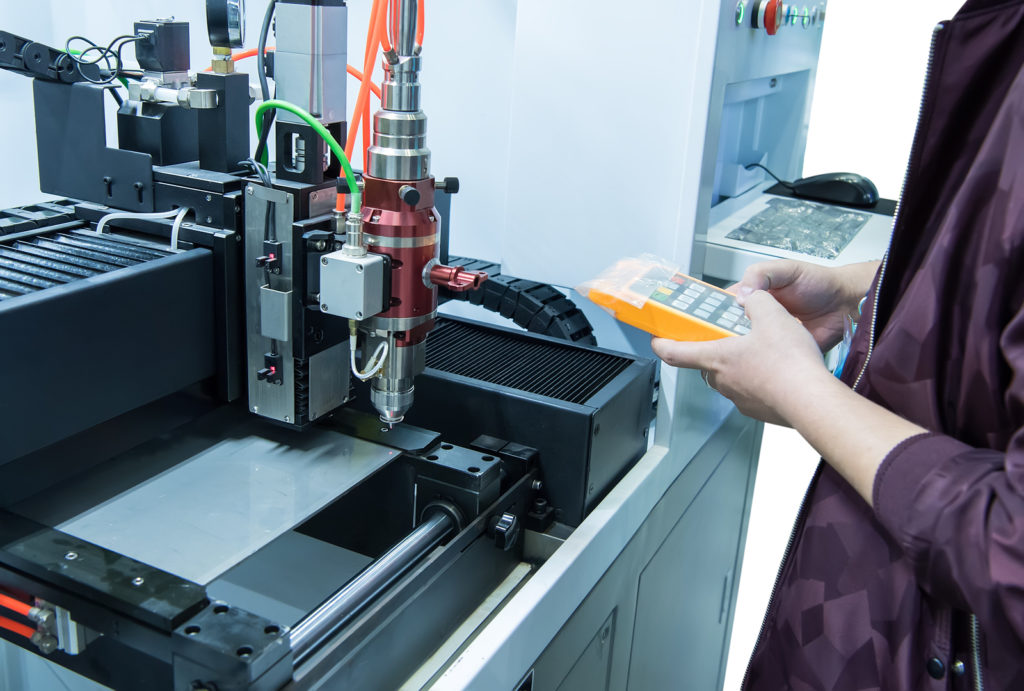Both preplanning and planning are foundational steps in the shift to smart manufacturing. These two steps lay the groundwork for company leaders to institute smart manufacturing plans to elevate their companies’ competitiveness in the industry and benefit both their customers and investors. To implement those plans, however, it’s important to understand the value of a firm foundation, considerations essential for proper implementation, and the importance of post-implementation monitoring.
Building on a firm foundation
The key to making a successful shift to smart manufacturing is breaking a big goal down into manageable steps and documenting those steps so you can duplicate and, in time, scale them to meet your ever-evolving needs. During the preplanning phase, company leaders analyze their inefficiencies in relation to available technologies and market trends. They then use this preplanning analysis in the planning stage for everything from prioritizing their goals and choosing their ultimate targets to setting milestones, developing their teams, and recording steps to achieve success. When manufacturers preplan and plan well, they better prepare all within their companies for potential implementation challenges and are more likely to complete their transitions to smart manufacturing — and enjoy its benefits.
Implementation considerations
While a detailed plan is a great start, manufacturers should consider several additional items before beginning their implementation processes.
- Shifting to smart manufacturing can be expensive. Therefore, it is important to build a solid business case to identify potential returns on investments.
- Effective process integration is best preceded by integrating departments and teams. This may be particularly difficult for information technology (IT) and operational technology (OT). Manufacturers should start early by establishing protocols to align all relevant departments.
- Implementation can be much smoother for manufacturers who are open to change, eager to learn necessary skills, and able to teach new skills to members of their existing workforces.
- Manufacturers should also make cybersecurity a focus during every phase of their smart manufacturing transitions. During implementation, test cybersecurity measures, refine them, and repair and replace as necessary.
But implementation doesn’t end there. In fact, it’s just the beginning.

The importance of post-implementation follow-ups
The best implementation processes involve endless refinement cycles. Company leaders each start with a single end goal, evaluate production, modify techniques, and reapply the process with their new modifications. Once they optimize their processes to achieve their goals, manufacturers can expand process use to other areas. To accurately evaluate and refine their smart manufacturing transitions, company leaders need to define their post-implementation procedures. These procedures should include scheduled reviews, audits, and security checks as well as an internal communication system to share departmental insights and concerns.
Smart manufacturing has the potential to increase plant efficiency, workforce flexibility, and product quality by connecting IT with OT to optimize processes, improve feedback communication, and generate new revenue streams. This transition is essential for any manufacturer seeking to increase market share in today’s evolving economy. Smart manufacturing is not simply a change in manufacturing techniques; it’s a change in thought processes, work allocation, vendor interaction, and data analysis. It requires adequate preplanning and detailed planning, but the transition is not complete without proper implementation and continual post-implementation follow-up.
